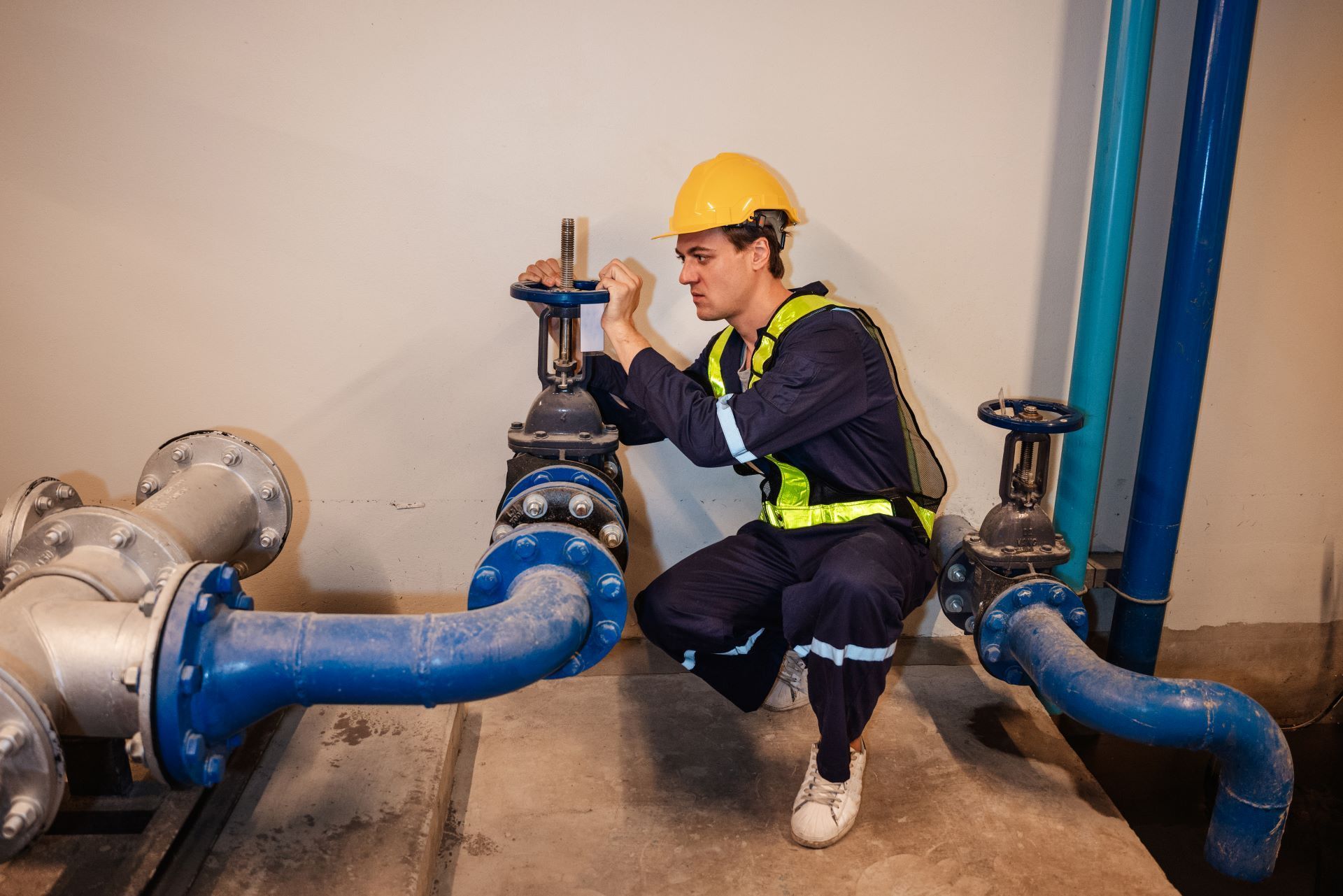Join the Lutz Loyalty Club and start saving today!
What To Do When Your Dishwasher Stops Draining
Oct 12, 2020
Run Your Garbage Disposal
When running your disposal, be sure to open your sink’s tap and let the water run down your drain. Be sure the disposal is free of all food and debris by running it for an additional 15 seconds after the food is gone.
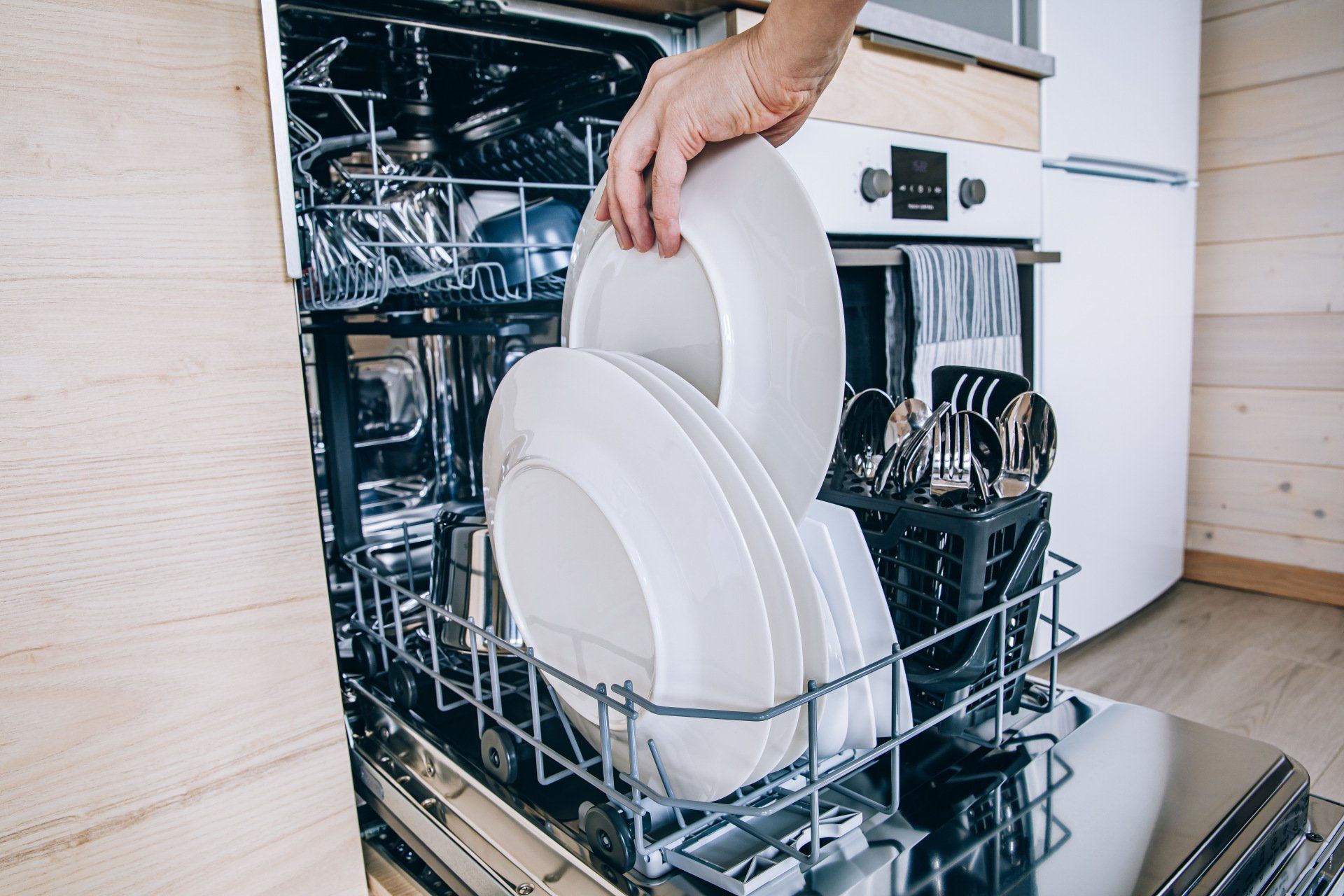
Clean Your Sink's Air Gap
To check your air gap for a blockage, twist it counter-clockwise to remove it and clear out any debris within with a small dish brush or toothbrush. Once clean, replace it and try running your dishwasher again.
Manually Drain Your Dishwasher
To manually drain your dishwasher, remove the bottom dish rack and use a cup or small pitcher to remove the water. Use towels to absorb the last of the water when the levels become too low to scoop out. Now, you can inspect the bottom of your dishwasher and check its components for clogs.
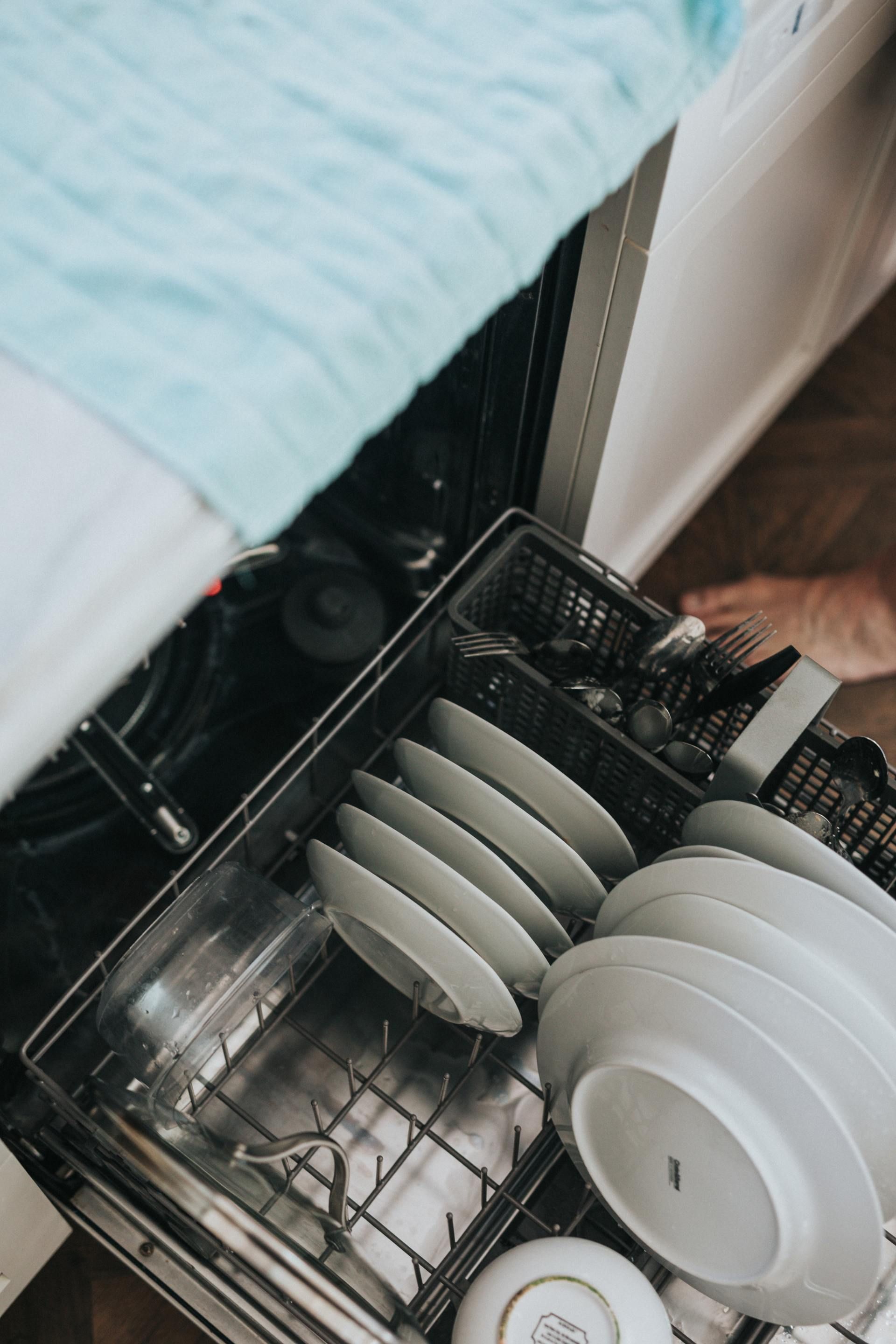
Clear Out the Drain Basket
The drain basket typically looks like an upside-down bucket, if you do not see anything similar to that in your dishwasher, check your owner’s manual to determine where your drain basket is. To clean your drain basket, you’ll grasp it firmly and pull it until it’s removed and then use your hand or a spoon to clear out any debris. Once you’ve finished, replace the basket and run your dishwasher.
Check and Clean The Drain Hose
First, look under your sink to make sure that the hose hasn’t become damaged, which can occur as items are moved into or out from under your sink. If it has become kinked or damaged, the best bet is to simply replace the hose. Also, check your drain hose for clogs.
To do this, unplug the dishwasher and then remove the lower front panel of your dishwasher and look for the hose that connects to your drain pump. Remove the hose from the drain pump and blow through it to check for a blockage. If air does not blow through the hose, you have a clog. If the hose is clogged at either end, you may use a thin, straightened tool to carefully remove the blockage.
However, if the clog is located nearer to the center, you’ll likely have to replace the hose completely. If you are unsure of how to do this, call a plumber to assist. This will guarantee that the hose is replaced securely and that your dishwasher will perform correctly.
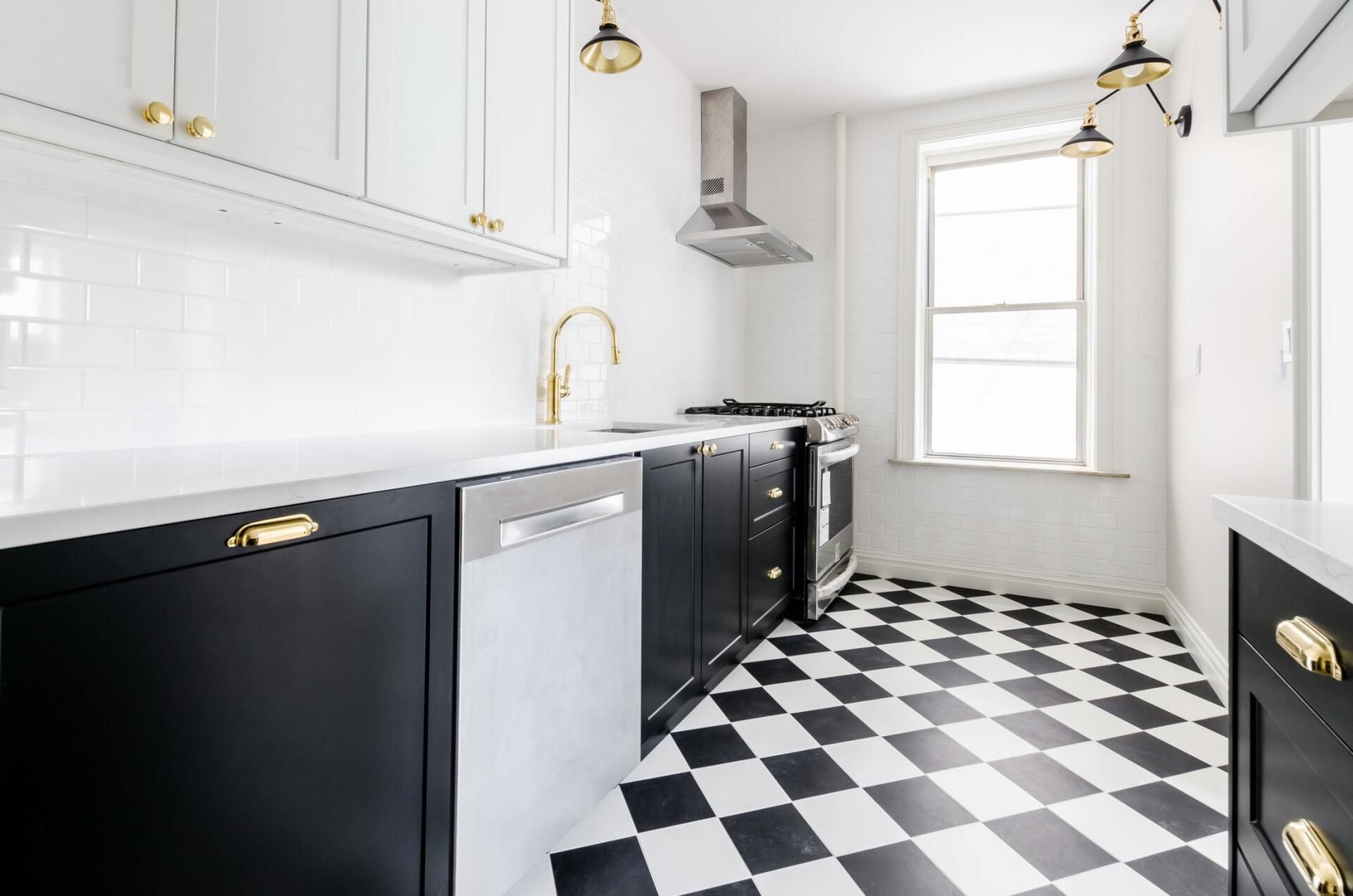
When It's Time To Call A Plumber
Lutz Plumbing Inc . has been the Kansas City area’s trusted plumbing company for 100 years. We have seen every plumbing situation imaginable and are experienced in how to best address your challenges. Our expert technicians are happy to assist you with any plumbing project, no matter how simple. Call us at (913) 888-9500 to schedule your service today!
Share Post
Download the Lutz Plumbing App!
Schedule a Service
Membership Access
Access to Exclusive Offers
Manage Financing
... And More!
Free Safety Inspection
Free Extended Warranties
15% Discount
Free Priority Service
Member Only Specials
No Extra Charges for After Hour Service
Hundreds of Five-Star Reviews
Read why happy customers choose us over and over again.
When you have a
plumbing problem in the Kansas City area, you can rely on Lutz Plumbing to be have 24 hour response time. We are a local, family-owned business who shows up on time and ready to tackle your plumbing problems head on.
From leak detection to water heater service and installation, Lutz Plumbing gives you prompt, efficient and high quality plumbing services from knowledgeable technicians.
Read more about what hundreds of customers like you are saying about our five-star service, or call us today at
913-888-9500 and tell us about your problem today.

Dan
"We called at 6:30 on Sunday evening and Brent was at our door at 7:25 and was extremely professional and completed the work in a clean manner. We will be called Lutz Plumbing moving forward!"
Read All Reviews →
John K.
"The employees are always on time and very knowledgeable about the work to be completed. Very impressed, as always."
Read All Reviews →
Amanda
"I called 27 different plumbers at 11 at night, no one could come or they didn't answer. Brent called back 3 minutes later and came right out and fixed it right away. The price was less than other's day prices, so glad you are in business. I will always use Lutz plumbing from now on."
Read All Reviews →
Articles for Homeowners
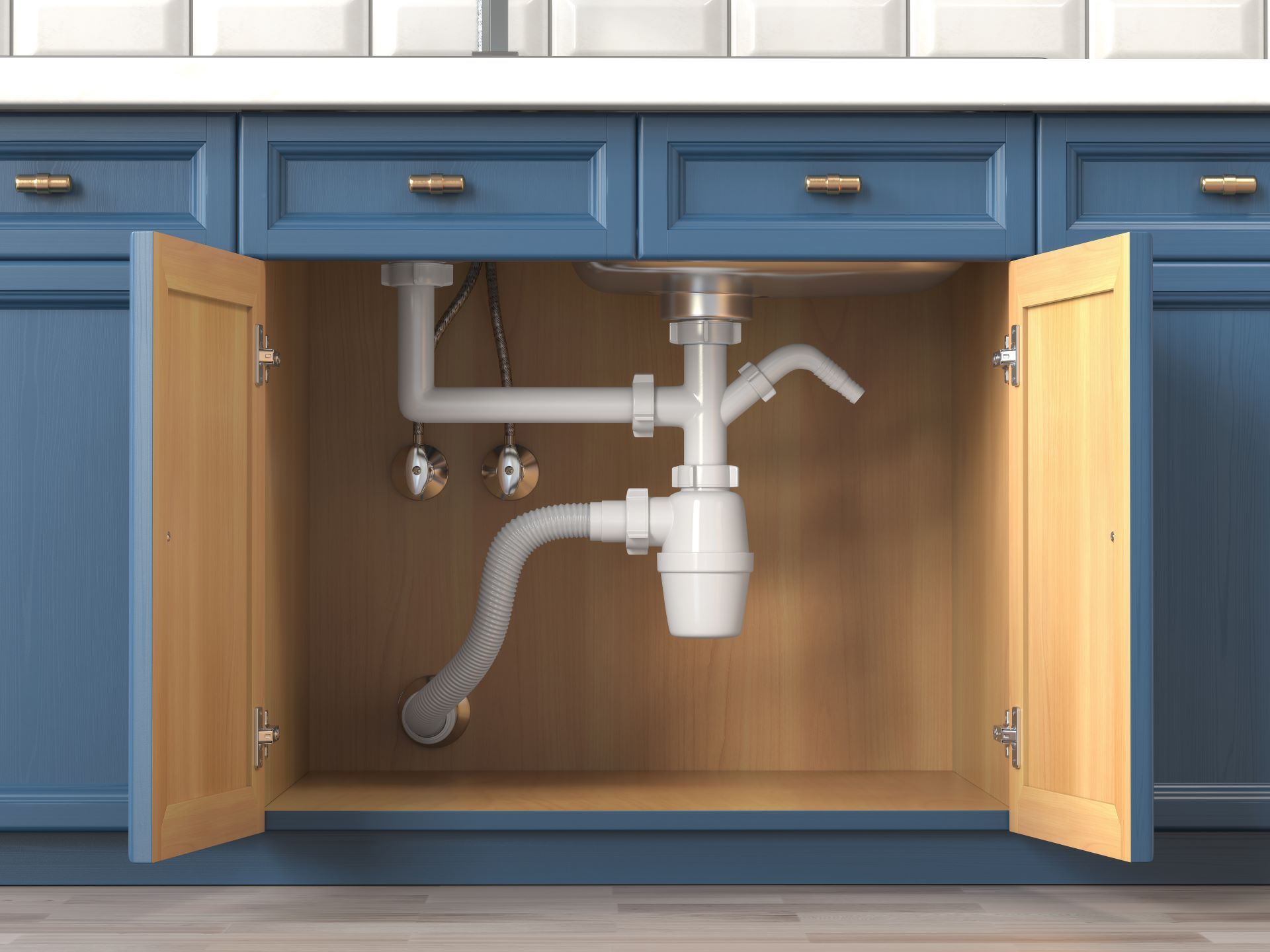
Find Your Service Location
List of Services
-
Belton, MOBelton, MO
-
Blue Springs, MOBlue Springs, MO
-
Bonner Springs, KSBonner Springs, KS
-
De Soto, KSDe Soto, KS
-
Eudora, KSEudora, KS
-
Excelsior Springs, MOExcelsior Springs, MO
-
Gardner, KSGardner, KS
-
Gladstone, MOGladstone, MO
-
Grain Valley, MOGrain Valley, MO
-
Grandview, MOGrandview, MO
-
Independence, MOIndependence, MO
-
Kansas City, KSKansas City, KS
-
Kansas City, MOKansas City, MO
-
Lansing, KSLansing, KS
-
Lawrence, KSLawrence, KS
-
Leavenworth, KSLeavenworth, KS
-
Leawood, KSLeawood, KS
-
Lee's Summit, MOLee's Summit, MO
-
Lenexa, KSLenexa, KS
-
Liberty, MOLiberty, MO
-
Linwood, KSLinwood, KS
-
Merriam, KSMerriam, KS
-
Mission, KSMission, KS
-
North Kansas City, MONorth Kansas City, MO
-
Olathe, KSOlathe, KS
-
Overland Park, KSOverland Park, KS
-
Parkville, MOParkville, MO
-
Platte City, MOPlatte City, MO
-
Prairie Village, KSPrairie Village, KS
-
Raymore, MORaymore, MO
-
Roeland Park, KSRoeland Park, KS
-
Shawnee, KSShawnee, KS
-
Spring Hill, KSSpring Hill, KS
-
Tiffany Springs, MOTiffany Springs, MO
Local Office
21961 W 83rd St
Lenexa, KS 66227
Contact
Office Hours
Monday - Friday: 8a - 6p
Saturday: 8a - 4p
24 Hour Response
License
#20202383
Financing












